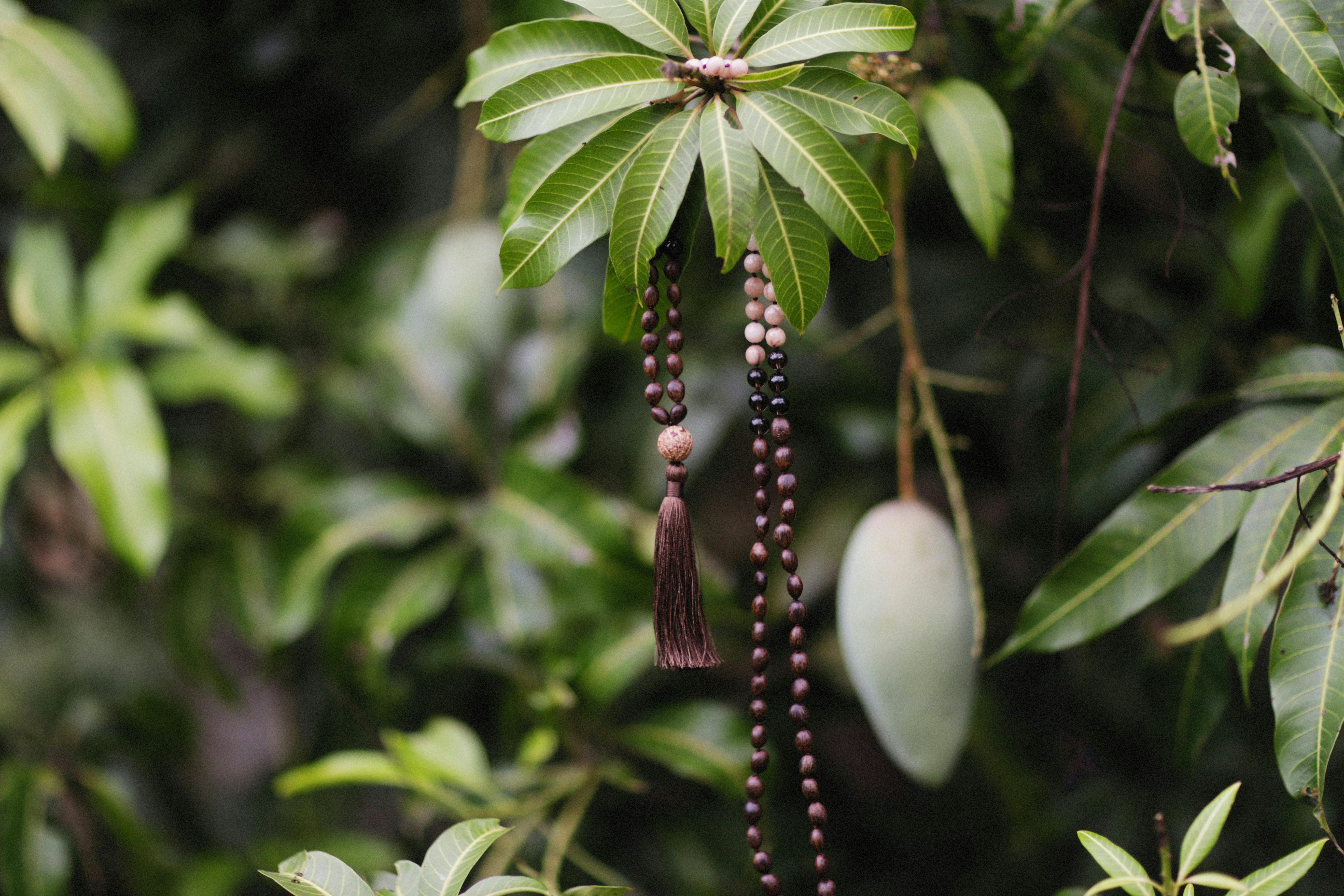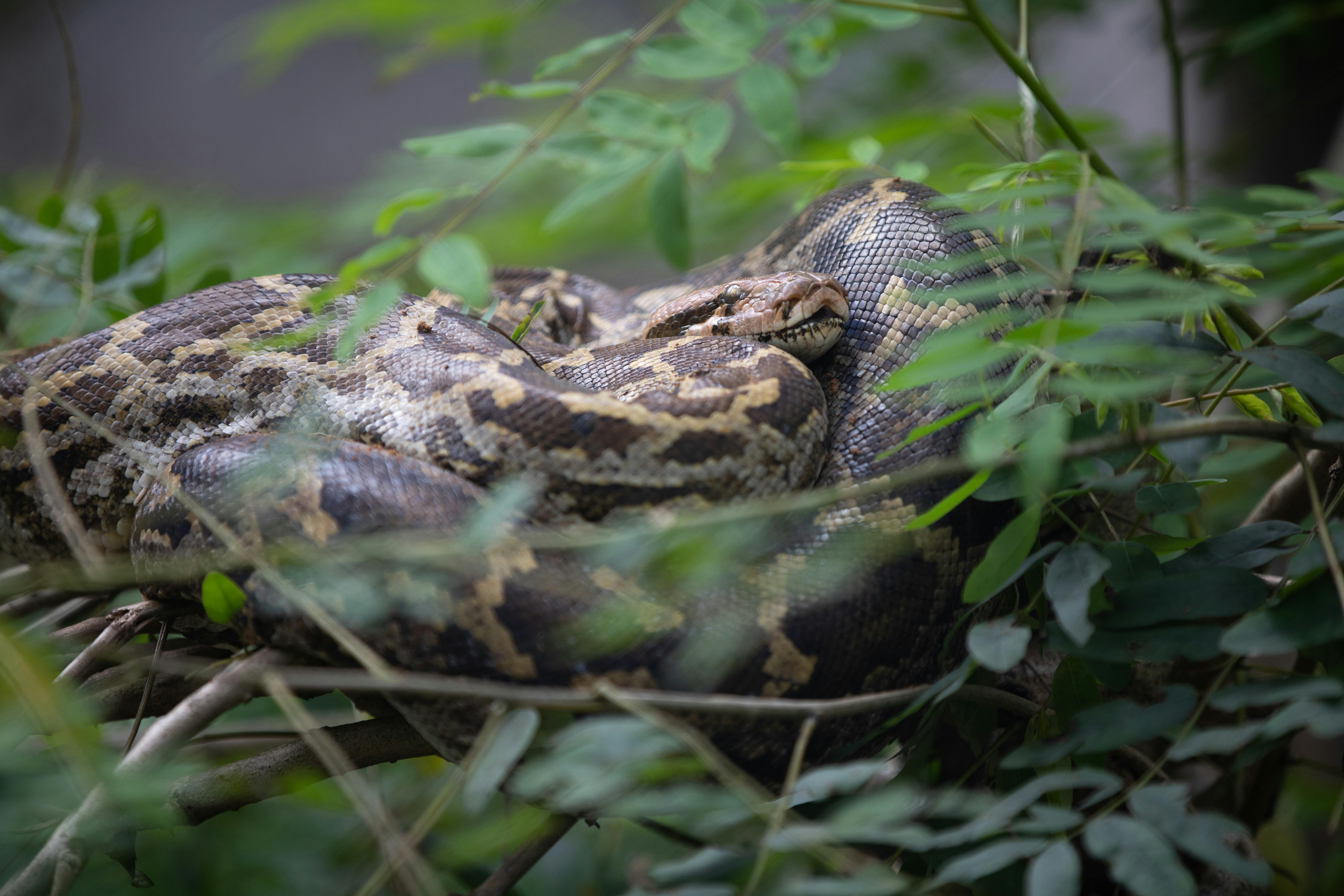Prayer plant, or Maranta leuconeura, is a tropical perennial native to Brazil and other parts of South America. It is widely cultivated for its attractive foliage and is a popular houseplant. One of the defining characteristics of prayer plants are their leaves, which curl up at night – a phenomenon known as “sleepy plant movement”. This unusual motion has puzzled scientists for centuries, with several theories put forward to explain why prayer plant leaves curl up in the evening. In this article we explore the various explanations behind this fascinating behavior and consider why prayer plants have evolved this remarkable ability.A Prayer Plant is a type of tropical plant belonging to the Marantaceae family. It is named for its leaves which fold together at night, resembling hands folded in prayer. It can be found in many shades of green, pink and red and is an easy-to-care-for houseplant.
Prayer Plant Leaves Curling
Prayer plant leaves can curl for a variety of reasons, including environmental stress, disease, or pests. It is important to diagnose the cause of the curling in order to treat it effectively. Common environmental stresses that can cause prayer plant leaves to curl include too much sunlight, too little water, and low humidity levels. Disease and pests can also cause leaf curling or discoloration.
Too much sunlight can cause prayer plant leaves to curl up or become discolored. It is best to keep prayer plants in bright indirect light and away from any direct sunlight. If the plant is exposed to too much light for too long, it may experience leaf curling as a sign of stress.
If prayer plants are not receiving enough water, their leaves will start to curl up as a sign of dehydration. It is important to water your prayer plant regularly so that the soil remains damp but not overly wet or soggy. Overwatering can also lead to problems such as root rot and fungus.
Low humidity levels can also cause the leaves of a prayer plant to curl up in an attempt to conserve moisture. Prayer plants prefer humid environments so it is best to mist them regularly or place them near a humidifier if possible. Additionally, keeping the plant away from any drafts or air vents will help maintain the desired humidity level for your prayer plant.
Finally, disease and pests can also cause your prayer plant leaves to curl or change color. If you notice any discoloration on your prayer plant’s leaves, it could be an indication of disease or pests such as aphids or mealybugs that need treatment right away with an appropriate pesticide or insecticide solution according to the manufacturer’s instructions.
How to Identify a Prayer Plant
Prayer plants are a popular and easy-to-care-for houseplant, and they make a great addition to any home. They are known for their beautiful foliage, which can range in color from deep green to variegated shades of pink, red, and white. To identify a prayer plant, look for the unique pattern of leaves on the stem and its distinctive growth habit.
The leaves of a prayer plant are typically oval or oblong in shape with pointed tips. The underside of the leaf is often lighter in color than the top side, giving it an almost silvery hue. The veins that run through the leaf are often outlined in light green or yellow. The leaves also have a unique pattern on them that looks like hands folded together in prayer – this is where the name “prayer plant” comes from.
The stems of prayer plants tend to be quite long and slender, with several leaves growing along it. As they mature, the stems can become woody and curl up at the end. This feature gives them a distinctive growth habit that sets them apart from other houseplants.
Prayer plants do best when placed in bright indirect light, such as near an east-facing window or under fluorescent lights. They also require regular watering and fertilizing during the growing season (spring to fall). When kept happy, prayer plants will produce small white flowers throughout the year.
By looking for these distinctive features – oval or oblong leaves with pointed tips, veins outlined in light green or yellow, and distinctive growth habit – you should be able to easily identify a prayer plant!
Environmental Factors
Prayer plants are sensitive to their environment, and the most common causes of leaf curling are environmental stressors. Too much direct sunlight, extreme temperatures, or too little humidity can all cause the leaves of a prayer plant to curl. If your plant is placed in a spot that receives too much sunlight, try moving it a few feet away from the window or using a sheer curtain to diffuse the light. Make sure you don’t place your prayer plant near air vents, heaters, or other sources of extreme heat. Prayer plants thrive in environments with high humidity, so consider misting your plants regularly to provide adequate moisture.
Underwatering
Underwatering is another common cause of leaf curling in prayer plants. These plants require consistent watering in order to stay healthy and vibrant. Water your prayer plant thoroughly when the top layer of soil is dry to the touch. If you’re unsure whether it’s time to water, stick your finger into the soil about an inch deep–if it’s dry there as well then it’s time to give your plant a good drink! Make sure you also check for water-logging by feeling around the root ball–if it feels soggy then you need to adjust how much water you’re giving.
Nutrient Deficiencies
Prayer plants need regular fertilizing in order to thrive and grow healthy leaves. If your plant is not getting enough nutrients, its leaves may start curling as a sign of distress. Feed your prayer plant monthly during its growing season (spring and summer) with a balanced liquid fertilizer diluted at half strength. Make sure you’re not over-fertilizing–too many nutrients can also cause leaf curling!
With proper care and attention, you can keep your prayer plant looking lush and healthy! Keep an eye out for signs of distress like leaf curling and take action right away if necessary.
Temperature and Light Conditions for a Prayer Plant
Prayer plants (Maranta leuconeura) are beautiful, easy-to-care-for houseplants that feature attractive foliage with bright colors. They are native to the tropical forests of Brazil, where they thrive in warm temperatures and filtered light. When caring for a prayer plant indoors, it’s important to replicate these conditions as closely as possible. The ideal temperature range for prayer plants is between 65 and 80 degrees Fahrenheit during the day and slightly cooler at night, around 10 degrees cooler than the daytime temperature. These plants prefer bright, indirect sunlight or filtered light, such as that provided by a sheer curtain. If your prayer plant’s leaves start to turn pale or yellow, it likely means it is receiving too much sunlight and needs to be moved to a spot with more shade.

Humidity Requirements for a Prayer Plant
The Prayer Plant (Maranta leuconeura) is a popular houseplant due to its attractive foliage. But to ensure that your Prayer Plant thrives, you must provide it with adequate humidity. This species of Maranta is native to tropical rainforests and so prefers higher levels of humidity than most other houseplants. The ideal relative humidity for your Prayer Plant should be kept between 60-80%, although it can survive in lower levels as low as 40%.
To increase the relative humidity around your Prayer Plant, you can place a humidifier near it or mist the leaves with water regularly. You can also group your plants together, as this will create a microclimate that will keep the plants more humid. Additionally, you may want to place your plant on top of a tray filled with pebbles and water, or use a self-watering pot with an inner reservoir to help maintain the humidity level around your plant.
If you keep these humidity requirements in mind when caring for your Prayer Plant, it should thrive and bring beauty into your home for many years to come.
Is Too Much Water Bad for a Prayer Plant?
Prayer plants are known for their beautiful foliage and are popular houseplants, but they can be damaged by too much water. Overwatering can cause root rot and other problems that can eventually kill the plant. To help avoid this, it is important to water prayer plants correctly and not overwater them.
Prayer plants prefer slightly moist soil, but they don’t need to be watered every day. The best way to determine when the plant needs water is to check the soil with your finger. If it feels dry, it’s time to water. When you do water, make sure you use lukewarm water and avoid over-saturating the soil. Too much water can cause root rot and other problems that can lead to death of the plant.
It is also important to make sure that your prayer plant has adequate drainage. If there isn’t adequate drainage, excess water won’t be able to escape from the pot and will cause root rot or other problems. Make sure the pot has drainage holes in the bottom and consider adding a layer of gravel at the bottom of the pot for extra drainage.
In addition to avoiding overwatering, prayer plants also need good airflow in order to stay healthy. Make sure that air is circulating around your plant by placing it in an area with good airflow or using a fan on low speed near it. This will help ensure that too much moisture isn’t building up around the plant which could lead to root rot or other problems.
Overall, prayer plants are relatively easy to care for as long as you provide them with adequate moisture and airflow. Avoid overwatering by checking the soil before watering and make sure your pot has adequate drainage so excess water can escape from the pot easily. With proper care, your prayer plant will stay healthy and thrive!
How to Care for a Prayer Plant to Prevent Leaf Curling
Prayer plants are beautiful houseplants that require special care in order to prevent their leaves from curling. It is important to understand that prayer plants need bright, indirect light and warm temperatures in order to thrive. To prevent curling leaves, it is important to water the plant consistently and keep the soil damp but not wet. Prayer plants also need regular misting with room-temperature water. Additionally, fertilizer should be applied every two weeks during the growing season and then every three months during the winter months. Lastly, make sure the plant is not exposed to drafts or extreme temperatures as this can cause leaf curling.
By following these simple tips, you can ensure that your prayer plant will stay healthy and vibrant for years to come! With proper care and maintenance, you can prevent its leaves from curling and keep it looking its best.

Conclusion
Prayer plant leaves curl up for a variety of reasons. This could be due to environmental factors, such as too much or too little light or water, or it could be caused by pests or diseases. It is important to identify the cause in order to provide the best care for your prayer plant and prevent further damage. Once you have identified the cause, you can take steps to correct the problem and ensure your prayer plant remains healthy and vibrant.
With a bit of research and some proper care, you can keep your prayer plant healthy and encourage its lovely curled leaves to open up again. By providing the proper light, water, nutrients, and temperature levels for your prayer plant, you can create a thriving environment for it that will help it grow strong and beautiful.

